Stress is something we deal with on daily basis and most people know the negative impact of prolonged periods of stress it has on our lives, but did you realize that your cat could similarly be stricken by stress?
Let’s discuss what can cause cat stress in the modern world and why it’s important to pay attention to subtle behavioural and physical changes when considering the wellbeing of our cat.
What Are Stress and Distress
Stress is a broad term that describes intricate cognitive, emotional and physiological responses by an animal to the different stimuli (pleasant and aversive) while distress is a negative mental strain resulting from unpleasant or over-demanding circumstances experienced on individual basis (Sparkes, 2016).
Acute vs Chronic Distress
Like human’s cats can experience both Acute and Chronic distress.
- Acute Distress – short-lived stressors which will cause distress, the individual usually recovers quickly with no lasting damage.
- Chronic Distress – frequent, repeated exposure to stressors that will lead to serious distress over a prolonged period.
Signs Of Stress In Cats
Cats vary in how they manifest signs of distress; some will display behavioural changes whilst others will show variations to their physical wellbeing thus it’s vital to notice subtle signs.
Look out for the following physical and behavioural symptoms:
Physical Signs:
- Gastrointestinal signs – diarrhea, constipation and/or vomiting
- Feline Lower Urinary Tract Disease (FLUTD) indications – frequent or painful urination with blood potentially caused by Feline Idiopathic Cystitis (FIC)
- Dermatological symptoms – through repetitive grooming or overgrooming a specific part of the body
- Respiratory signs – runny nose, eye discharge and panting
- Cardiovascular abnormalities – increase in heart rate and blood pressure
- Compromised immune function with a predisposition to infections
Behavioural Signs:
- Inappropriate urination or defecation
- Consumption of non-edible items (Pica)
- Decreased play activity and exploratory behaviour
- Indoor urine spraying
- Inhibition of grooming, feeding, urination and defecation or polyphagia (overeating)
- Redirected aggression towards humans or other pets
- Increased facial marking and scratching on surfaces
- Inactivity and increased sleep
- Hypervigilance along with an intensified startle response
- Constant hiding
- Excessive vocalization
- Owner clinginess or social distancing from humans and other cats
- Changes in normal behaviour such as not going outdoors, irrespective of weather.
Causes of Stress in Cats
Every cat reacts differently to a specific person, another animal, event or item, yet some situations are more likely to cause stress in your cat than others.
Cats are sensitive sentients who are prone to anxiety, frustration, pain and distress from situations, events and other people they meet in their lifetime.
The 5 Most Common Stressors For A Pet Cat Stem From:
1. Territory Displacement
Moving home, cross town or shifting countries requiring caging and/or quarantine in a new nation is a typical example of unavoidable territory displacement.
A trip to the vet clinic will cause temporary stress whilst overnight confinement within the clinic thanks to illness or boarding in a cattery will cause extended distress.
Remarkably a feral cat is better equipped than a pet cat to deal with displacement into an unfamiliar environment, though will be distressed by an intervention of a stranger because of lack of early socialisation.
2. Inter-Cat Conflict in Multi-Cat Homes
Large amount of stress experienced by our cats relate to living with their own species including introduction of a brand-new cat.
Although cats have adaptable social systems, non-affiliated and/or incompatible pet cats placed together by humans with insufficient resources and proper introductions may or might not tolerate one another with little opportunity to distance themselves may live in constant conflict and distress.
3. Change In Routine
Cats thrive in familiar territories and routine, typically avoiding danger as a self-reliant species therefore any situations within the household that are a notable change like acquisition of contemporary furniture, home renovations or extensions can cause anxiety, fear and distress particularly if the cat is confined to a specific part of the house.
The addition of a new family member, the arrival of a brand-new baby plus long-stay visitors will change the dynamics of the household routine causing potential distress.
4. Unpredictable And Poor Human-Cat Relationship
Cats prefer to be in control. Unpredictable handling, over-fussing, holding your cat tight with constant focus on them are often stressful especially if they’re unable to flee.
Punishment through swatting or hitting in response to aggression, house soiling or scratching of furniture will be highly distressing only teaching to fear your approach.
5. Inadequate Or Absence Of Resources
Inadequate or absence of resources is a frequent source of potential distress to a pet cat.
Examples include:
- Absence of litter facilities within the home – assumption a cat that has access outdoors will prefer to eliminate outside instead of inside, similarly inadequate quantity of litter trays in a multi-cat household can also cause distress.
- Incorrect placement of resources – food and/or water placed next to the litter box or placement of a litter tray in a small cupboard that’s hard to access.
- Absence of hiding spots and lack of escape routes.
- Insufficient number of resources in multi-cat homes.
- Irregular outdoor access.
- Lack of or inadequate availability of high places when a cat feels threatened and at risk.
Lastly, the environment plays a significant role in the proportion of stress particularly for indoor only cats, to assess potential stressors within your cat’s environment go ahead and complete an in depth Feline Stress Audit.
How To Treat Stress in Cats
Helping your cat release stress could include multimodal environmental modification, establishing routine and harmony, play therapy, using pheromones and massages.
Successful treatment strategies should include either prevention and/or reduction of stimulus.
Multimodal Environmental Modification (MEMO) and Environmental Enrichment (EE)
The aim of MEMO and EE is to introduce gradual changes within the house by increasing novelty, exploration without invoking fear or anxiety.
Supply escape routes and safe paths through the home by creating shelving, furniture or modify walls to incorporate an inside cat door to permit kitty escape from other pets, likewise create safe havens where the cat feels comfortable with all its resources, far from potential stressors.
Create secure places with the help of cardboard boxes, tunnels and cat carriers along with high vantage points with bookcases, cat playgrounds and observation platforms to reinforce your cat’s control over its environment.
For cats kept exclusively indoors introduce food dispensing puzzle feeders to stimulate hunting along with foraging behaviour whilst playing calming music in the background.
Lastly, in multi-cat households supply the right distribution of resources like food plus water bowls, litter trays and resting areas to avoid disputes.
Also Read: The 10 Best Cat Slow Feeders & Puzzle Feeders
1. Play Therapy
Never underestimate the power of constant, structured, interactive play referred to as ‘play therapy’ which is a common solution for several cat behaviour problems within modern times. The key to play is providing a daily routine consistent with your cat’s energy patterns. Early morning plus late evenings with the help of interactive toys mimicking predatory hunting behaviour is best.
2. Routine And Harmony
Routine and unison provide reassurance to a pet cat since felines are always on the lookout for the presence of threat and danger in new spots or social interactions, therefore consistent daily practise with as little disruption as possible may be a wonderful stressbuster for a moggie.
3. Proper Handling And Positive Human-Cat Relationship
Remember no two cats are alike, some like being handled and stroked for lengthy periods, whilst others find it distressing and uncomfortable. A cat who’s given free choice to start interactions on their own terms and leave once they choose will lessen suffering from stress.
4. Therapeutic Massage And Bodyworks
Massage and Bodywork techniques offers health benefits for humans and equally to pets. Tellington Touch, Acupressure and Acupuncture are found to alleviate stress, enhance circulation, improve immune function, promote healing moreover help the body to release endorphins. It’s also a beautiful way to help a pet parent de-stress after a hectic day at work.
5. Pheromone Therapy
Synthetic analogues of feline pheromones called Feliway can be applied preventatively or therapeutically and help in the management of distress, home relocations and habituation to new environments by reducing anxiety whilst promoting the feeling of happiness.
6. Nutritional Supplements
There are several supplements available from veterinary surgeons and over the counter that hold precursors of neurotransmitters which may have anti-anxiety effects.
There’s some evidence to point out that L-tryptophan, Alpha-casozepine and L-theanine are more effective in reducing anxiety in a number of species including the domestic cat. Always consult your veterinarian before the introduction of any supplementation.
Conclusion
The best way to prevent or reduce prolonged stress is to respect your cat as an individual and obtain qualified veterinary advice when you notice any disparity to regular patterns of behaviour since stress is very damaging to a cat’s welfare.
Frequently Asked Questions
What are the signs of stress in a cat?
Unlike other species cats are subtle and may withdraw or become quiet when their anxious, in pain or distressed making it difficult for owners to interpret what emotions the cat could be experiencing. Stress manifests in either physical and/or behaviour variations calling for a veterinary check-up.
How can I relieve my cats stress?
Environmental enrichment, predictability and a sense of control can all help alleviate the frequency of stress-related symptoms and diseases. Play is additionally related with good welfare and emotional stability.
What are five ways to tell if a cat is stressed?
Top five signs to look out for are urination or defecation outside the litter-tray, excessive grooming, inappetence, intense furniture scratching and aggressive behaviour directed towards you or other pets.
What happens if a cat gets too stressed?
Severe or relentless stress may cause compromised welfare, stress-associated diseases like FIC, compromised immunity, Gastrointestinal conditions, Skin disorders, behavioural problems and even obesity therefore it’s vital to reduce causes of distress as soon as it’s detected.
-
CA Tony Buffington, J. L. (2006). Clinical evaluation of multimodal environmental modification (MEMO) in the management of cats with idiopathic cystitis. Journal of Feline Medicine and Surgery, 8, 261-268. Retrieved September 27, 2021, from doi:10.1016/j.jfms.2006.02.002
-
Care, I. C. (2018, October 05). Stress in cats. Retrieved September 15, 2021, from ICatCare: https://icatcare.org/advice/stress-in-cats/
-
Care, I. C. (2020, Septmeber 15). Advanced Feline Behaviour for Vet Professionals, Module 5 Creating a Cat Friendly Home Part 2. (ISFM, Compiler) UK. Retrieved September 20, 2021
-
Gary Landsberg, B. M. (2017). Therapeutic effects of an alpha-casozepine and L-tryptophan supplemented diet on fear and anxiety in the cat. Journal of Feline Medicine and Surgery, 6, 594-602. Retrieved September 22, 2021, from https://journals.sagepub.com/doi/10.1177/1098612X16669399
-
Heath, I. R. (2016). Feline Behavioral Health and Welfare. St Louis, MO: Elsevier. Retrieved September 23, 2021
-
Marta Amat, T. C. (2016). Stress in owned cats: behavioural changes and welfare implications. Journal of Feline Medicine and Surgery, 18, 577-586. Retrieved September 25, 2021, from DOI: 10.1177/1098612X15590867
-
Sparkes, D. S. (2016). ISFM Guide to Feline Stress and Health; Managing negative emotions to improve feline health and wellbeing. Tisbury, Wiltshire, UK: International Cat Care. Retrieved September 21, 2021
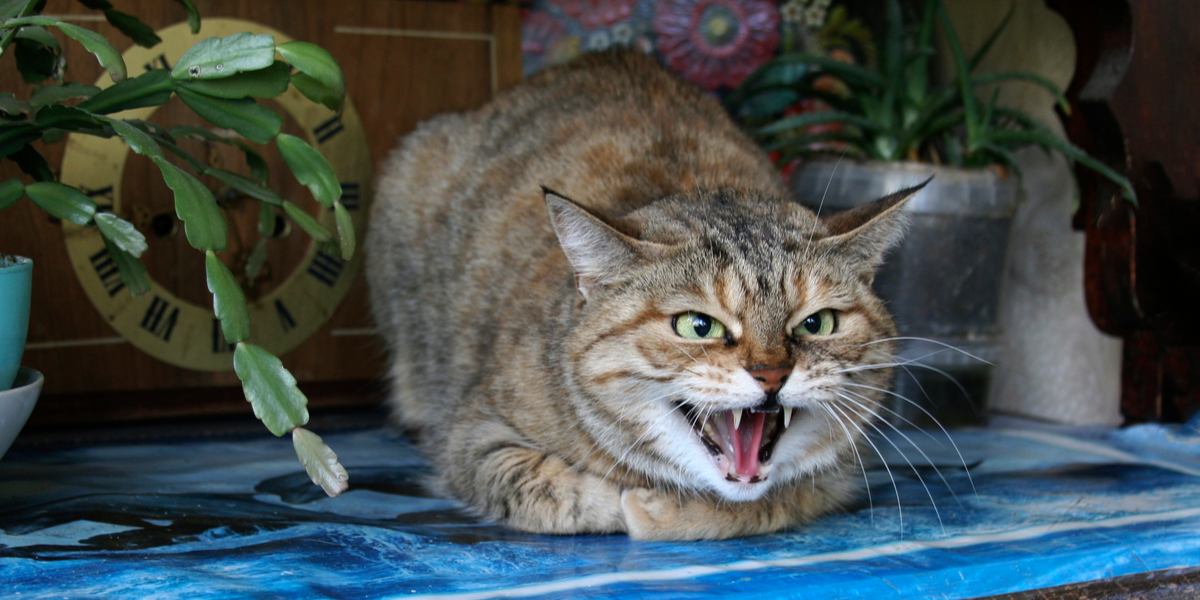
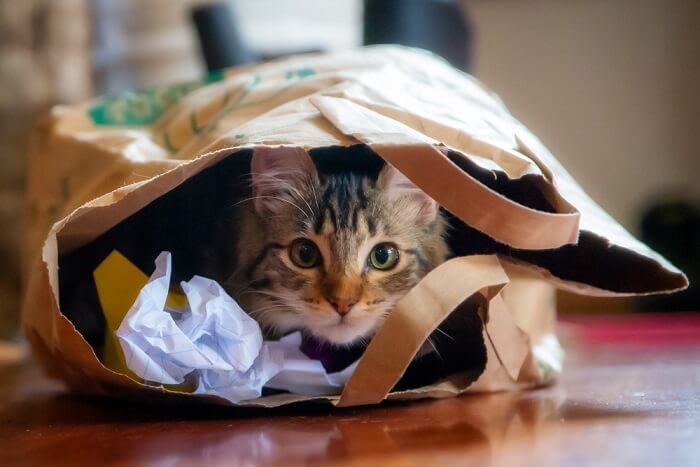
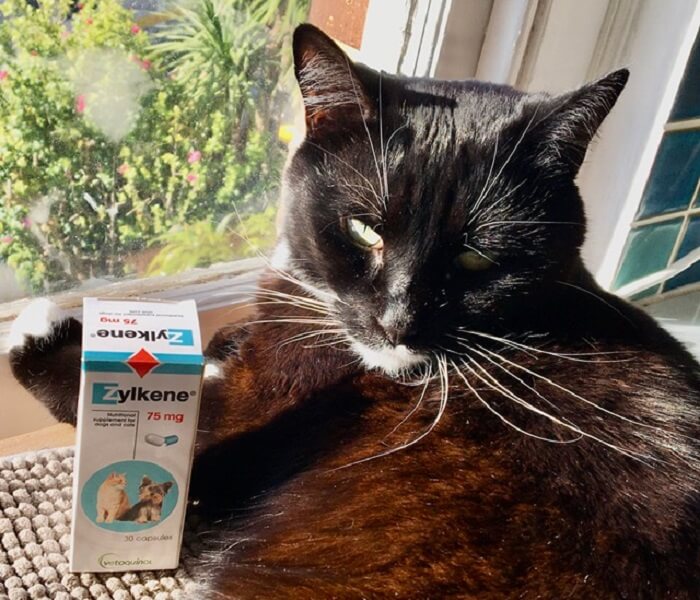
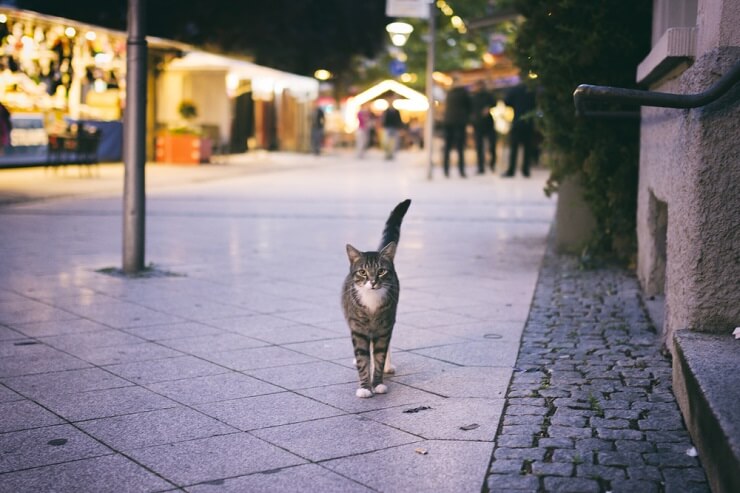


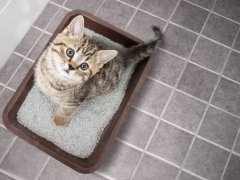
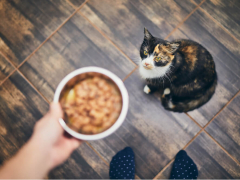
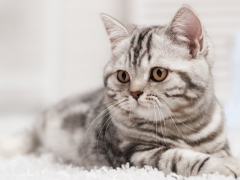


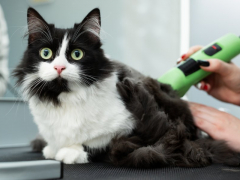
I have a 9 yr old male siamese. Im training him to be an indoor cat with outdoor fenced yard for him. He is very athletic. I need to know how to find someone or recommendation who can construct this for Frankie. How much sspace does he need what does he need
help
Hi Pat,
Here are few backyard cat proofing companies for your review: Purrfect Fence https://www.purrfectfence.com, Cat Fence In https://catfencein.com/, Oscillot https://oscillot.com.au/ (please check if they ship to the USA), Catnets USA https://catnetting.com/ and A Catio Company https://www.thecattopia.com/ Best to speak to them directly. You can also check out Invisible Fences For Cats at https://cats.com/best-invisible-fences-for-cats
Hope this helps, send us a pic of the one you get installed
All the best, Melina